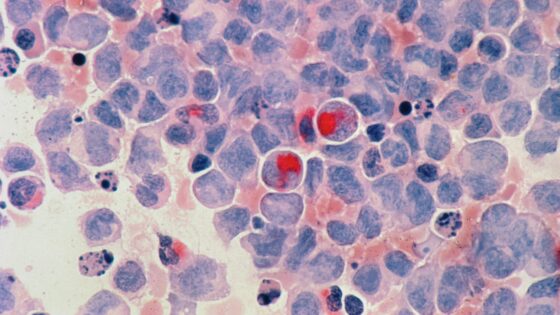
Credit: Unsplash
Deep space could use a little spice.
Astronauts never have much in the way of menu variety, as not all foods keep equally well in the microgravity of space. Of course, good food makes for good moods, which is why menu exhaustion can be a genuine problem for astronaut morale. This why the astronauts aboard the International Space Station are looking to bring a little spice into their lives.
As part of a recent SpaceX resupply delivery, NASA sent up some Hatch chile pepper seeds for a little microgravity farming experiment. The researchers aboard the ISS planted these seeds in the “Advanced Plant Habitat,” a specialized plant nursery device about the size of a common kitchen oven. The APH is armed to the teeth with sensors and controls that allow the astronauts to carefully control its inner conditions to facilitate the healthiest crops possible. While ISS astronauts are no stranger to space farming, this will be the first time they’ve ever tried to grow something as exotic as chile peppers.
NASA actually spent two years studying pepper varieties before eventually settling on NuMex’s “Española Improved,” a hybrid hatch pepper with origins in New Mexico. The seeds will likely take roughly three and a half months to grow to completion, at which point the astronauts will hopefully be able to enjoy a little more heat in their often-bland menu.
Have you ever tried a chile pepper grown in space? https://t.co/y4YF4BrzMc
— CNN International (@cnni) July 19, 2021
Not only could this experiment give astronauts some pleasantly spicy foods to look forward to on longer voyages to distant planets, it’s also a promising opportunity to test the limits of plant germination and growth in a microgravity environment. If they can make this work, astronauts could theoretically grow all kinds of produce, even in inhospitable environments like the surface of Mars. Hopefully, though, when they start enjoying spicy food, they don’t accidentally get any in their eyes or nose. Can you imagine how awful the ol’ spicy eye would be in microgravity?































